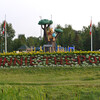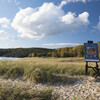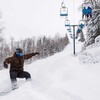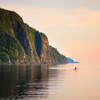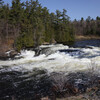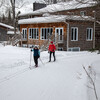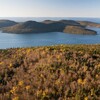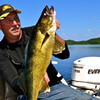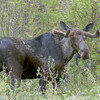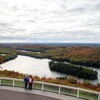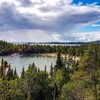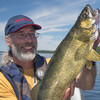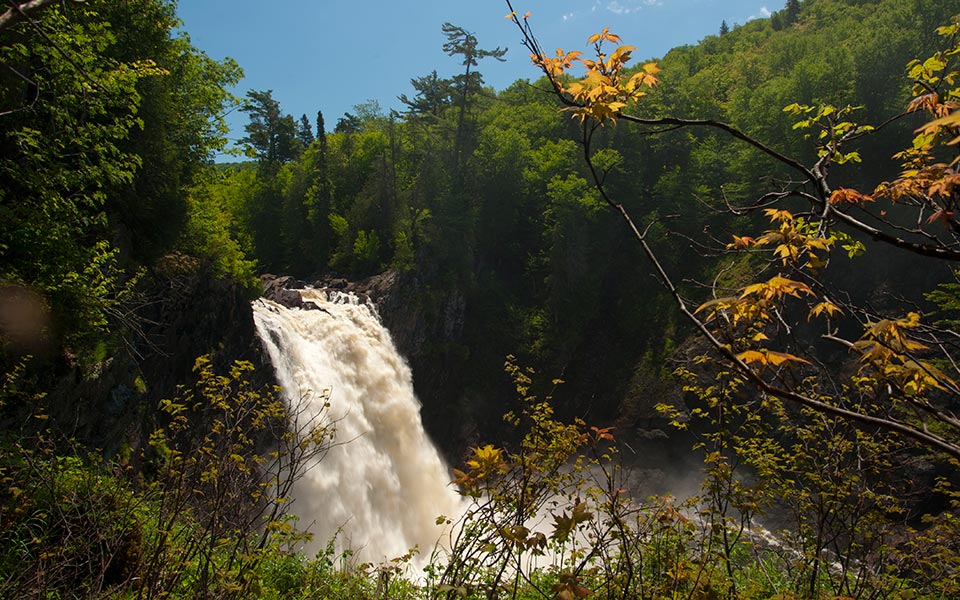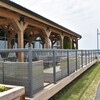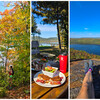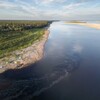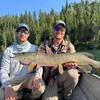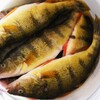
Returning to Lake Superior Provincial Park
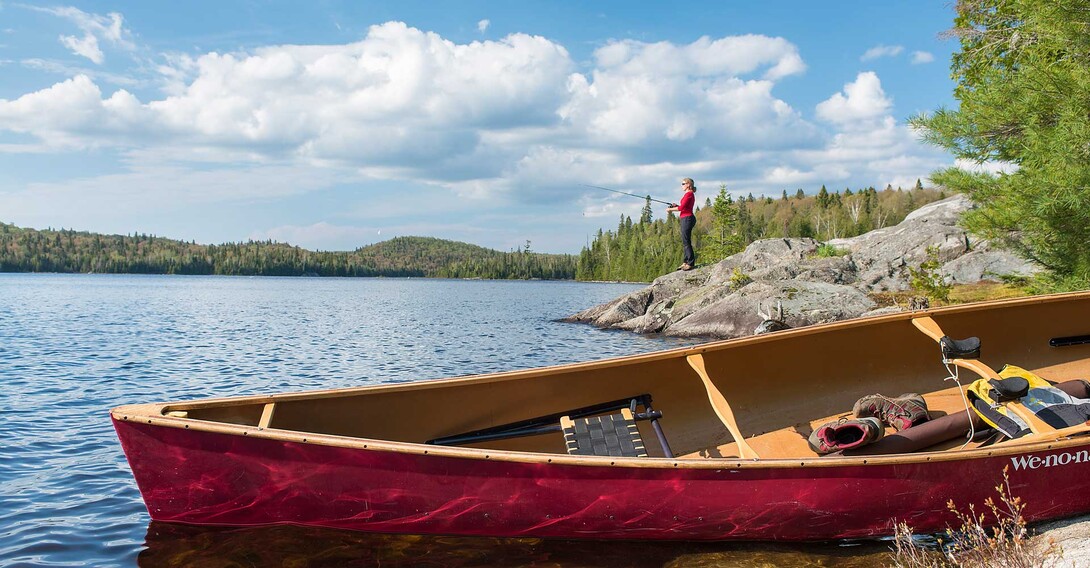
I push the canoe from my shoulders and set it down on the round pebbles and beaver-chewed wood along the shore of the small cedar-rimmed lake. Lillian is not far behind, bent under a heavy pack of overnight gear and clutching a couple of fishing rods. We load the canoe and push off onto stained waters, paddles propelling us towards more memories and adventure in Lake Superior Provincial Park.
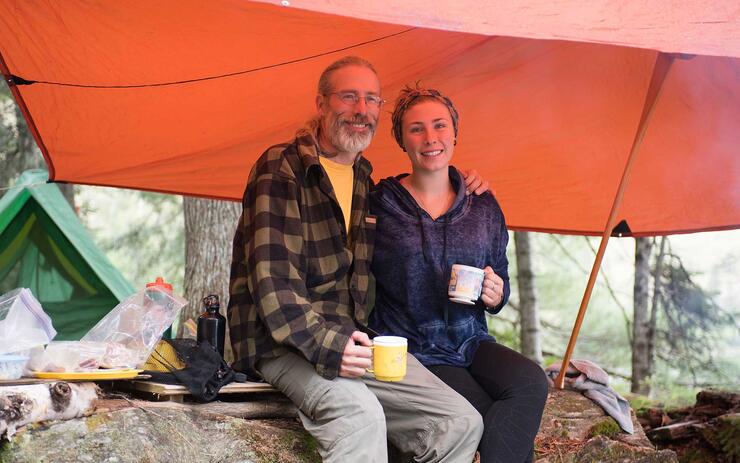
When my 20-year-old daughter and I were making plans for an overnight paddle, 160,000-hectare Lake Superior Provincial Park (LSPP) was a natural choice. Whether it is hiking the sand and rock coast of Lake Superior or navigating the interconnected lakes and rivers of the interior, Lillian has been coming here since she was a child. And come to think of it, so have I.

After a short paddle, we set up on a point where smooth granite slides under a giant white pine, permanently bent against the prevailing winds. Sitting around a fire, with fragrant auburn needles charging the air with their fragrance, we are in a pleasantly familiar place, one that we have both been visiting for most of our lives.
My first memories of LSPP are from the mid-1970s when my dad and I would drive north from Sault Ste. Marie to pluck brook trout and tiny rainbow trout from creeks and rivers. Gargantua Harbour was a favourite camping spot. Today, the 1-km road is rough but passable, and good signage points to established campsites and parking. But back in the day, our progress was often stopped by washouts on the road, and getting to the coast meant hiking a long distance. Reaching Gargantua Harbour was always worth it.
When I moved to Wawa and met my wife, Francine, in the late 1980s, the park continued to be a destination. One of our multi-night trips together was to Mijin Lake on the first weekend of May. It was deceptively warm when we left, but several portages in the temperature plummeted, and snow fell on our campsite.

The adversity was a test of our relationship, but it survived and soon after, we had two daughters. Whether it was walking short trails off Highway 17 leading to secluded sand beaches or loading the canoe with overnight camping gear, Lake Superior Provincial Park was a default ingredient in our family adventures.
A Ghost of the Park
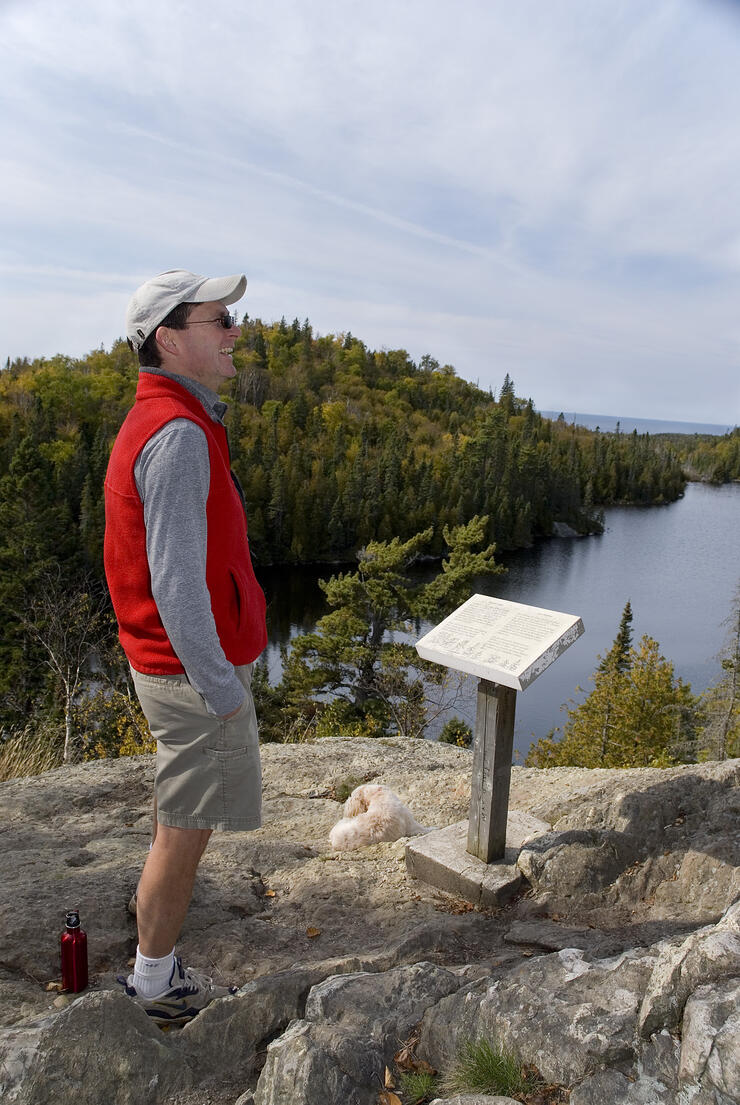
Peter Somers once worked at the Red Rock Park office. In fact, I first met him there and we struck up a friendship that would see us travelling through the United States, attending music festivals, and enjoying the woods and wilderness wherever we went. But Peter always had a place in his heart for LSPP. Even though his work and family life were centred in Southern Ontario, he would often come up with his wife and family to camp, hike, and paddle in the park.
Peter had a spark for living, and it seems a cruel joke that cancer should descend on such people, but Peter’s last years were spent on a seesaw of health and illness. In healthy times, he would return to the park. Our last hike was the Orphan Lake Trail. As we clambered up smooth rocky bluffs, walked cobble beaches, and gazed at waterfalls, Peter moved and talked with his usual verve and vitality. I fully expected to see him again. And I often do, but only in spirit, when I am enjoying the energy that emanates from this special landscape.
The Family That Fishes Together
Our family canoe trips almost always involve a bit of angling. We will drag lures across the park’s larger lakes, hoping for lake trout, or portage into smaller lakes to try for brook trout. It was one such time when the girls discovered an abundance of white suckers running up a creek. While scooping up the corpulent, puckered-mouthed fish in their arms, they wondered aloud why I wanted to portage in for brook trout when there were plenty of fish right here in the creek. At their father’s insistence, they abandoned their suckers and joined us in a quest for trout, and eventually came to appreciate the feral beauty of a wild LSPP brook trout.

Today, as I paddle with Lillian, we are lucky enough to connect with a 16-inch beauty. Typical of her species, she is gorgeous: dark hide, ivory-tipped fins, dappled with yellow and red spots within bluish halos. My inclination is to let the bespeckled creature go but after a quick discussion, Lillian and I embrace the idea of nourishing ourselves from the land.
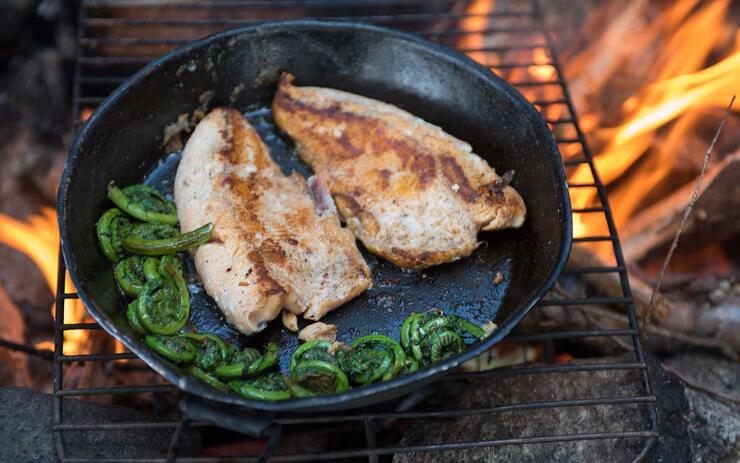
As we sit around the fire eating pan-fried trout with a side of freshly picked fiddleheads, I think back to similar meals with my father, and I’m thankful to have been introduced to this unforgettable landscape at an early age. And I’m pretty sure Lillian feels the same way.
Recommended Articles

The Group of Seven in Algoma

9 Facts to Know about the Agawa Canyon Tour Train


